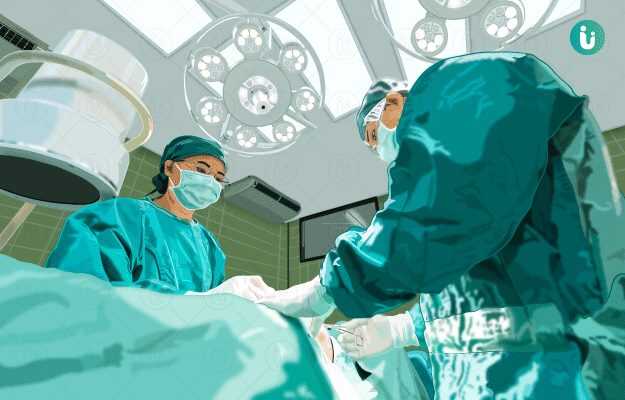Summary
Perineal reconstruction is performed to close a damaged perineum (area between the anus and scrotum or vulva). The damage may be due to cancer in the colorectal, anal, or genitourinary region, trauma, or infections.
The surgery will be performed with general or regional anaesthesia. During the procedure, the surgeon will take skin flaps from a selected region in your body (thigh, groin, abdomen or buttocks), attach the flap on your perineal area, and close the region from where the flap was taken with stitches. After the procedure, the healing will take its time. You may need medications to manage pain, and activities like sitting, and lying down may get affected for some time.










































